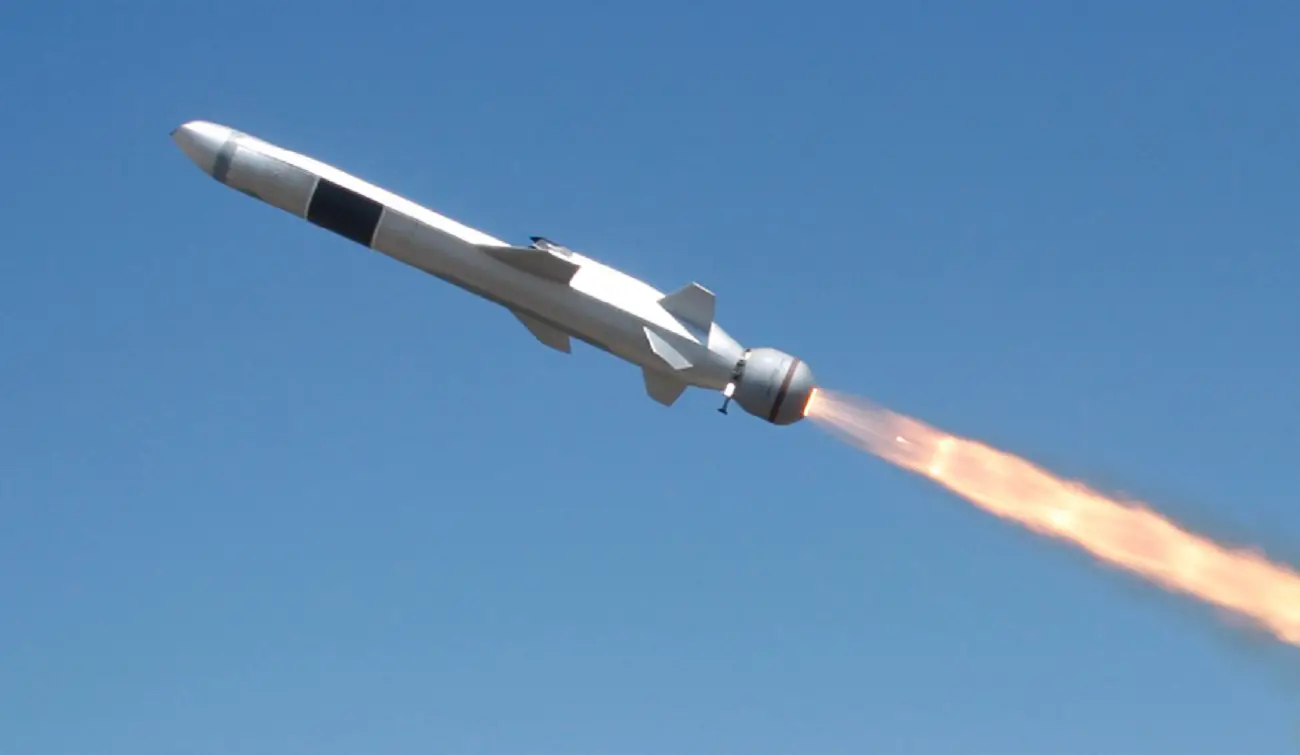The Spanish Navy has today awarded Kongsberg Defence & Aerospace (KONGSBERG) a contract worth EUR 305 million for the delivery of Naval Strike Missiles (NSM). The first ship class to be equipped with NSM is the F-110 class frigate, which is currently under construction by Navantia. The missiles are intended to be deployed on the F-100 frigates during their Mid-Life Update, as well as on future ships. The Spanish Navy, which selected NSM in 2022, is acquiring the missiles through the NATO Support and Procurement Agency (NSPA). This is the first missile contract for Kongsberg Defence & Aerospace to be handled by NSPA. NSPA is NATO’s lead organisation for multinational acquisition, support and sustainment in all domains.
KONGSBERG will, in parallel, sign a cooperation agreement Directorate General for the Armament and Material (DiGAM) as a foundation to develop an industrial plan that will maximize Spanish industry cooperation and involvement. This includes the possibility to become part of the global missile supply chain, and a proposal for the establishment of a full life cycle maintenance capacity for NSM at the Rota naval Base, in coordination with local industry. KONGSBERG expects that the contract will provide a regional foothold for their missile programs, and the parties hope that the contract involving Spanish Navy, KONGSBERG and NSPA will contribute to further cooperation between all the NATO members that use NSM.

The Naval Strike Missile (NSM) is an anti-ship and land-attack missile developed by the Norwegian company Kongsberg Defence & Aerospace (KDA). The state-of-the-art design and use of composite materials is meant to give the missile sophisticated stealth capabilities. The missile will weigh slightly more than 400 kg (880 lb) and have a range of more than 185 km (115 mi; 100 nmi). NSM is designed for littoral waters (“brown water”) as well as for open sea (“green water and blue water”) scenarios. The usage of a high strength titanium alloy blast/fragmentation warhead from TDW is in line with the modern lightweight design and features insensitive high-explosive. Warhead initiation is by a void-sensing Programmable Intelligent Multi-Purpose Fuze designed to optimise effect against hard targets.
The target selection technology provides NSM with a capacity for independent detection, recognition, and discrimination of targets at sea or on the coast. This is possible by the combination of an imaging infrared (IIR) seeker and an onboard target database. NSM is able to navigate by GPS, inertial and TERCOM systems. After being launched into the air by a solid rocket booster which is jettisoned upon burning out, the missile is propelled to its target in high subsonic speed by a turbojet sustainer engine—leaving the 125 kg multi-purpose blast/fragmentation warhead to do its work, which in case of a ship target means impacting the ship at or near the water line.















